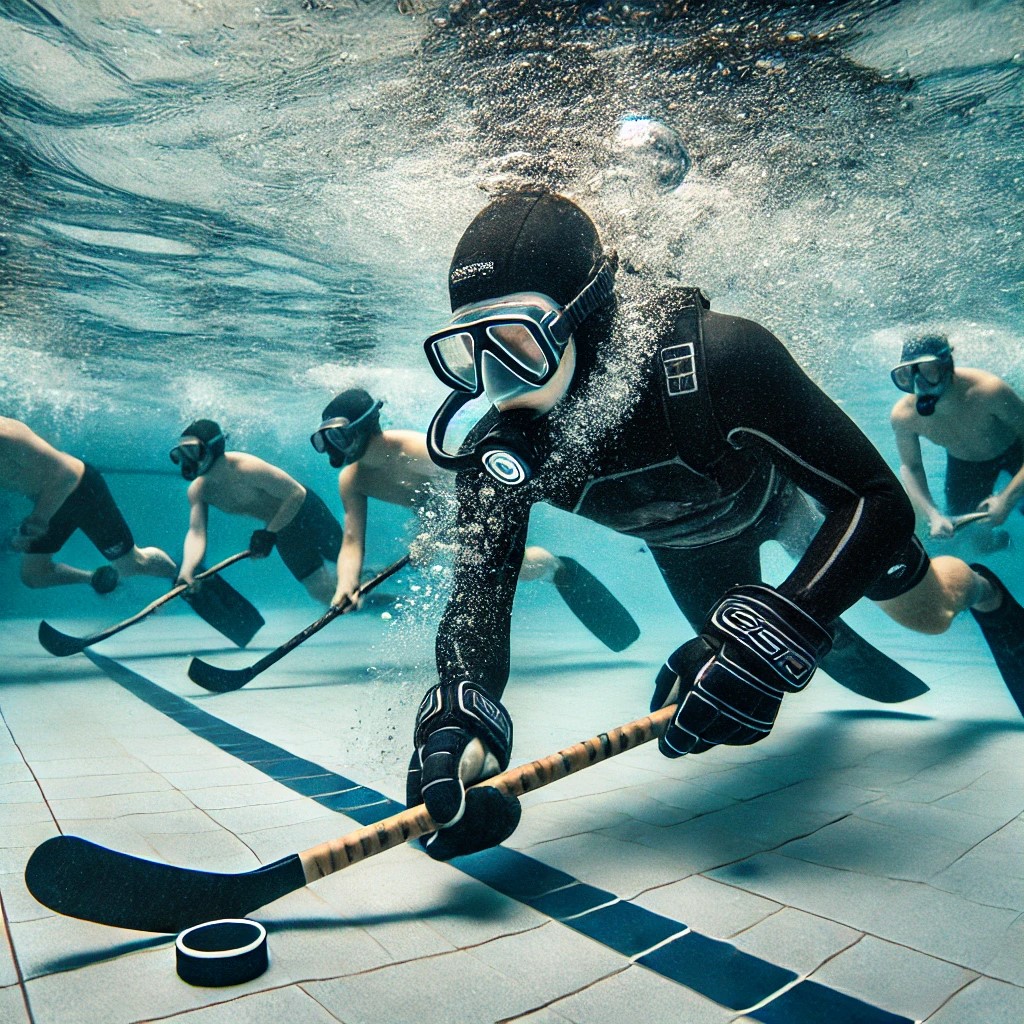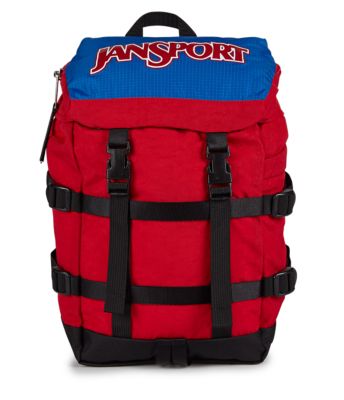
The Sport of Underwater Hockey: A Deep Dive into Its Origins, Popularity, and Play
Underwater hockey, an exhilarating and unique aquatic sport, combines strategy, agility, and teamwork beneath the water’s surface. Played worldwide, this dynamic game has captivated enthusiasts from recreational players to professional athletes. Originating as a training exercise, it has grown into a globally recognized sport. Its appeal spans across generations, offering opportunities for youth participation, amateur leagues, and professional competition. The game’s rules, simplicity, and emphasis on collaboration contribute to its enduring significance. Dive in to explore the fascinating history, global reach, and cultural impact of underwater hockey.
The Origins and History of Underwater Hockey
Underwater hockey, also known as Octopush, was invented in 1954 by Alan Blake, a diver and engineer from England. Initially designed as a training tool for divers to improve their underwater skills, the game quickly gained popularity among diving clubs. Players used small sticks to push a lead puck along the bottom of swimming pools, fostering agility and coordination.
In the early days, underwater hockey was primarily a British pastime. However, its appeal soon spread to other countries. By the 1960s, clubs in South Africa, Australia, and Canada had adopted the sport. The first international competition took place in the 1970s, marking a significant milestone in the sport’s history. The establishment of the World Underwater Federation (CMAS) further propelled the game’s global recognition.
Today, it is played in over 50 countries. Nations such as New Zealand, France, and Colombia boast strong teams that consistently perform well in international tournaments. The sport’s rich history continues to inspire new generations of players worldwide.
Global Popularity and Where It Is Played
It enjoys widespread popularity in various regions, including Europe, Oceania, and the Americas. In Europe, countries like France and the United Kingdom have robust national leagues. France, in particular, has developed a comprehensive system for nurturing talent, with regional tournaments leading to national championships.
In Oceania, underwater hockey is a prominent sport in New Zealand and Australia. Both nations excel in international competitions, often securing top positions in World Championships. Clubs in these countries are well-organized, offering regular training sessions and competitive matches.
In the Americas, underwater hockey has a growing presence in the United States, Canada, and Colombia. Colombia has emerged as a powerhouse, thanks to its dedicated athletes and supportive sports infrastructure. The U.S. Underwater Hockey National Championships draw teams from across the country, reflecting the sport’s increasing popularity.
Asian countries like Singapore and the Philippines have also embraced underwater hockey. Clubs and associations in these regions work tirelessly to promote the game through workshops and tournaments. The sport’s global reach underscores its universal appeal and adaptability.
Amateur Underwater Hockey: Youth and Schools
Amateur underwater hockey plays a crucial role in the sport’s development. Youth programs and school leagues introduce the game to young players, fostering their skills and passion. Many clubs offer beginner-friendly sessions where children learn the basics in a safe environment.
In countries like the UK and France, schools have incorporated it into their extracurricular activities. This early exposure allows students to develop teamwork, discipline, and physical fitness. Community pools often host matches, making the sport accessible to diverse groups.
Youth tournaments provide a platform for budding athletes to showcase their talents. Events like the Underwater Hockey Age Group Nationals in Australia highlight the depth of talent among young players. These competitions are instrumental in identifying future stars and promoting the sport’s growth.
Amateur leagues cater to adults who enjoy underwater hockey as a recreational activity. Many players join local clubs to stay active, meet new people, and experience the thrill of underwater competition. This grassroots participation ensures the sport’s continued vitality.
Professional Leagues and Competitions
Professional underwater hockey leagues and competitions elevate the sport to new heights. The CMAS World Championships, held every two years, is the pinnacle of international competition. Teams from across the globe vie for the title, showcasing their skill and dedication.
In Europe, the EuroClubs Underwater Hockey Championship brings together top clubs for a high-stakes tournament. The competition is fierce, with elite players demonstrating exceptional technique and strategy. Similarly, the Pan-American Championships unite teams from North and South America, fostering camaraderie and healthy rivalry.
National leagues in countries like France, New Zealand, and Colombia provide a platform for professional players to hone their craft. These leagues feature regular seasons, playoffs, and championships, creating a vibrant competitive ecosystem. Sponsorships and media coverage have also increased, enhancing the sport’s visibility and appeal.
Political and Social Significance
Underwater hockey holds significant political and social value. The sport fosters international cooperation and goodwill, bringing together players from diverse backgrounds. Tournaments and championships serve as opportunities for cultural exchange and mutual respect.
Domestically, underwater hockey promotes inclusivity and community building. Its accessibility makes it suitable for people of all ages and abilities. Clubs often organize events to raise awareness about water safety and environmental conservation, leveraging their platform for positive impact.
Socially, the sport strengthens bonds among participants. Underwater hockey’s reliance on teamwork and communication cultivates trust and camaraderie. Players develop lifelong friendships while contributing to a supportive and inclusive sporting community.
Rules of Underwater Hockey
The rules of underwater hockey are straightforward yet challenging. The game is played with two teams, each consisting of six players in the water at a time. Substitutes are allowed and can rotate in and out during the game. The objective is to score goals by pushing a weighted puck into the opposing team’s goal.
Players use a short stick, approximately 30 centimeters long, to maneuver the puck. Protective gear includes a mask, snorkel, fins, and gloves to ensure safety. The game takes place in a swimming pool, with a flat bottom to facilitate smooth play.
Matches consist of two halves, each lasting 15 minutes, with a brief halftime break. Referees oversee the game from above and below the water, ensuring fair play. Fouls, such as obstructing an opponent or using excessive force, result in penalties.
Communication is crucial in underwater hockey. Players rely on non-verbal signals and quick thinking to coordinate their moves. The fast-paced nature of the game demands agility, endurance, and strategic planning.
Conclusion
Underwater hockey is a fascinating sport that combines physical skill, mental acuity, and teamwork. Its rich history, global reach, and inclusive nature make it a standout among aquatic sports. From its humble beginnings as a diver’s training exercise to its status as an internationally celebrated game, underwater hockey continues to inspire and unite people worldwide. Whether played by youth in schools, amateurs in local leagues, or professionals on the global stage, the sport exemplifies the power of collaboration and determination. By diving into underwater hockey, players and fans alike discover a world of excitement, camaraderie, and endless possibilities.





